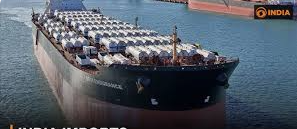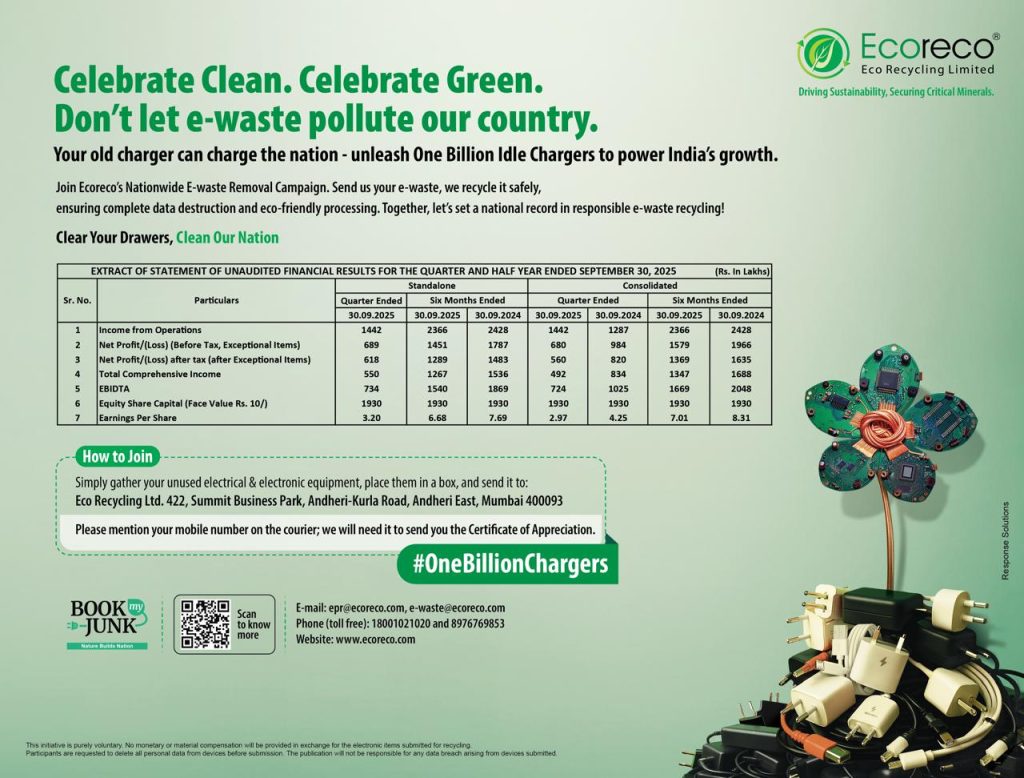As global tanker rates soar again—reportedly up to US$87,000 a day for a very large crude carrier (VLCC) transporting crude from Saudi Arabia to China—India is intensifying efforts to become more self-reliant in oil shipping. The government has proposed investing roughly US$10 billion (≈ ₹85,000 crore) to acquire and operate around 112 domestically built crude-oil carriers by 2040.
Given that India imports about 88% of its oil and 51% of its gas needs, securing its own shipping fleet is a strategic objective. However, analysts point out the scale of investment, ship-building expertise and global competition mean the plan is a tall order rather than a short-term fix.
The move forms part of India’s broader push for “Atmanirbhar Bharat” in fossil-fuel logistics and maritime capability. Building a domestic fleet would reduce reliance on global shipping-rates volatility and charter-market uncertainty. But the report flags critical challenges: the capital-intensity of the tanker business, competition from established global shipyards, the fuel transition risk, and ensuring the vessels remain competitive in a decarbonising shipping world.
In short, while the ambition aligns with strategic intent, converting it into a cost-effective, globally competitive fleet will require sustained focus, policy support, and industrial ecosystem development.





Leave A Comment